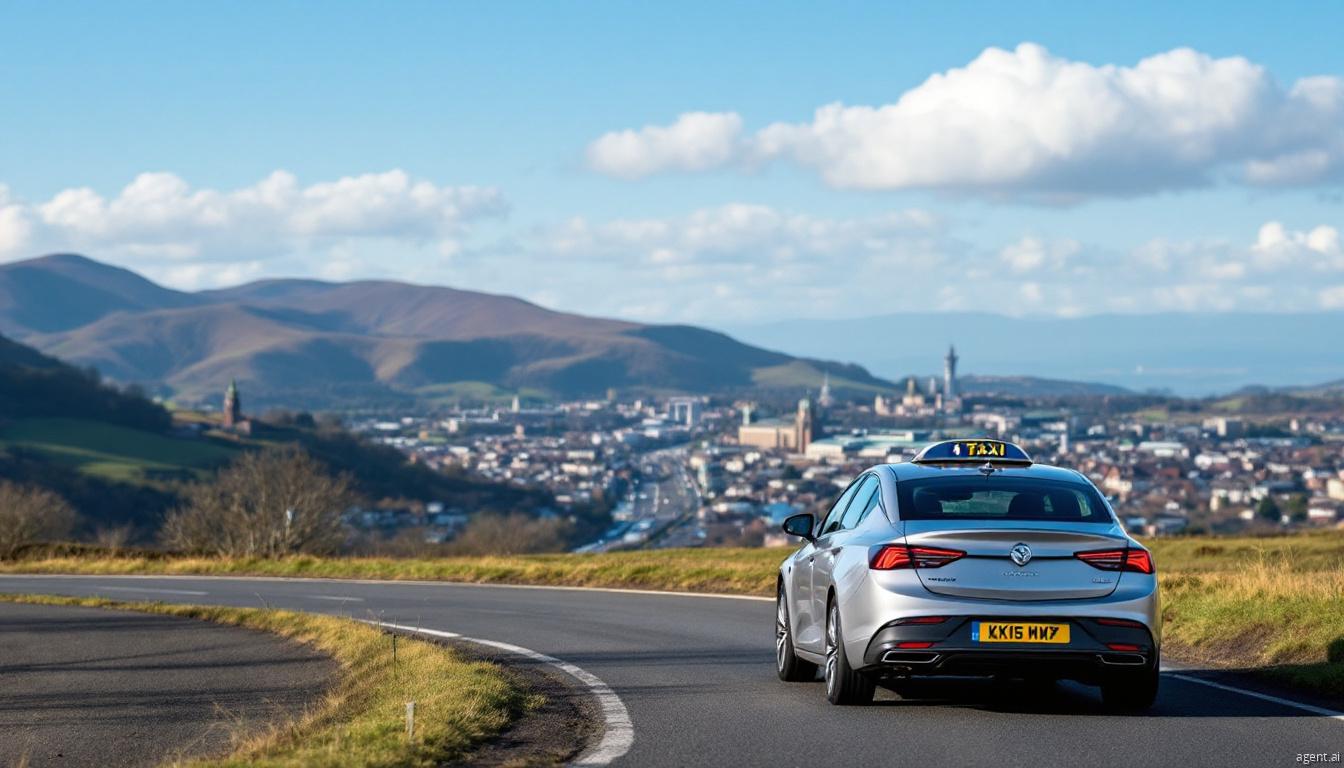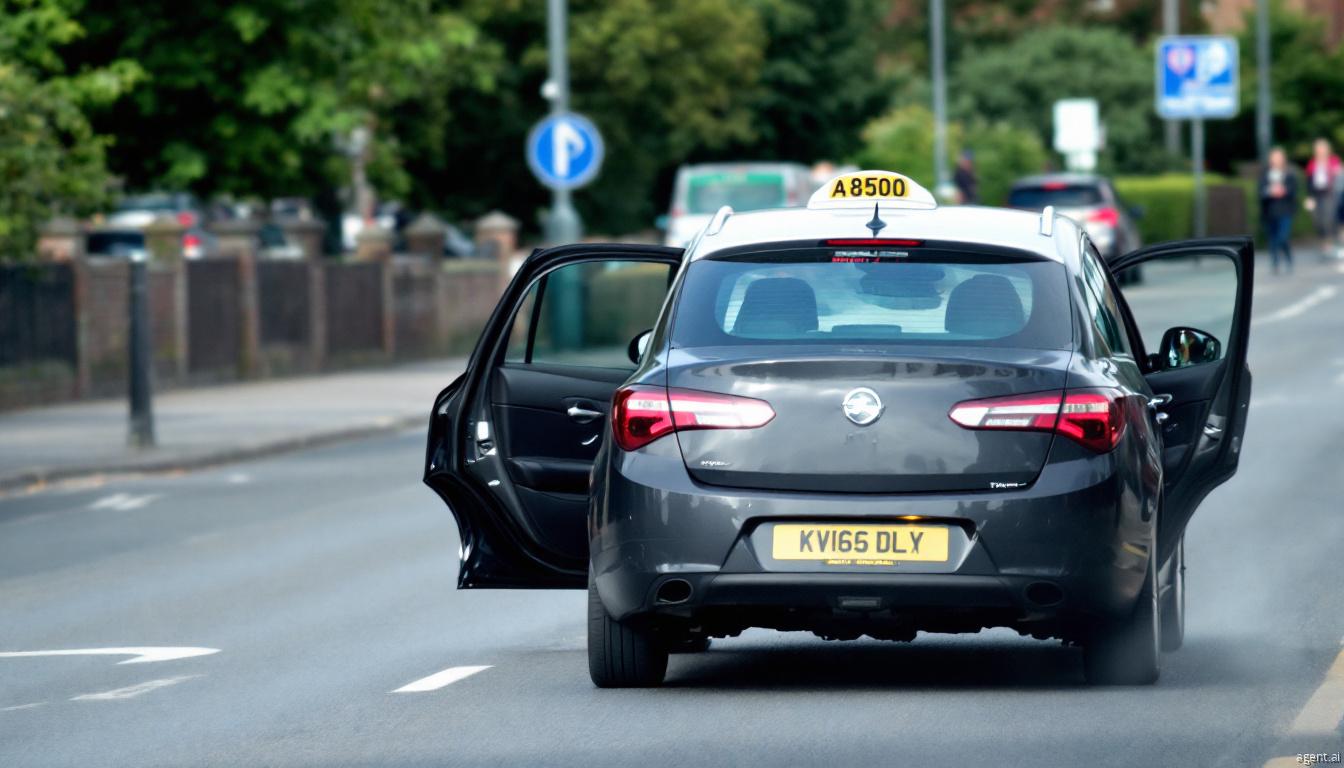best-taxi-driver-apps
07-11-2025
Best Apps for Taxi Drivers: Boost Earnings & Efficiency
...
manchester-airport-terminal-1-parking-guide
23-10-2025
Navigating Pick Up and Drop Off at Manchester Airport Terminal 1
...
manchester-airport-to-ayr-taxi-guide
30-09-2025
Manchester Airport to Ayr: Complete Private Hire Taxi Guide
Manchester Airport Ayr travel guide
...
How Much Would a Taxi Cost for 20 Miles in the UK?
14-08-2025
How Much Would a Taxi Cost for 20 Miles in the UK? Travelling 20 miles by taxi in the UK? Cab...
how to book harrogate to manchester airport taxi
30-07-2025
How to Book Harrogate to Manchester Airport Taxi: Complete GuideIt doesn't have to be hard to book a reliable taxi...


